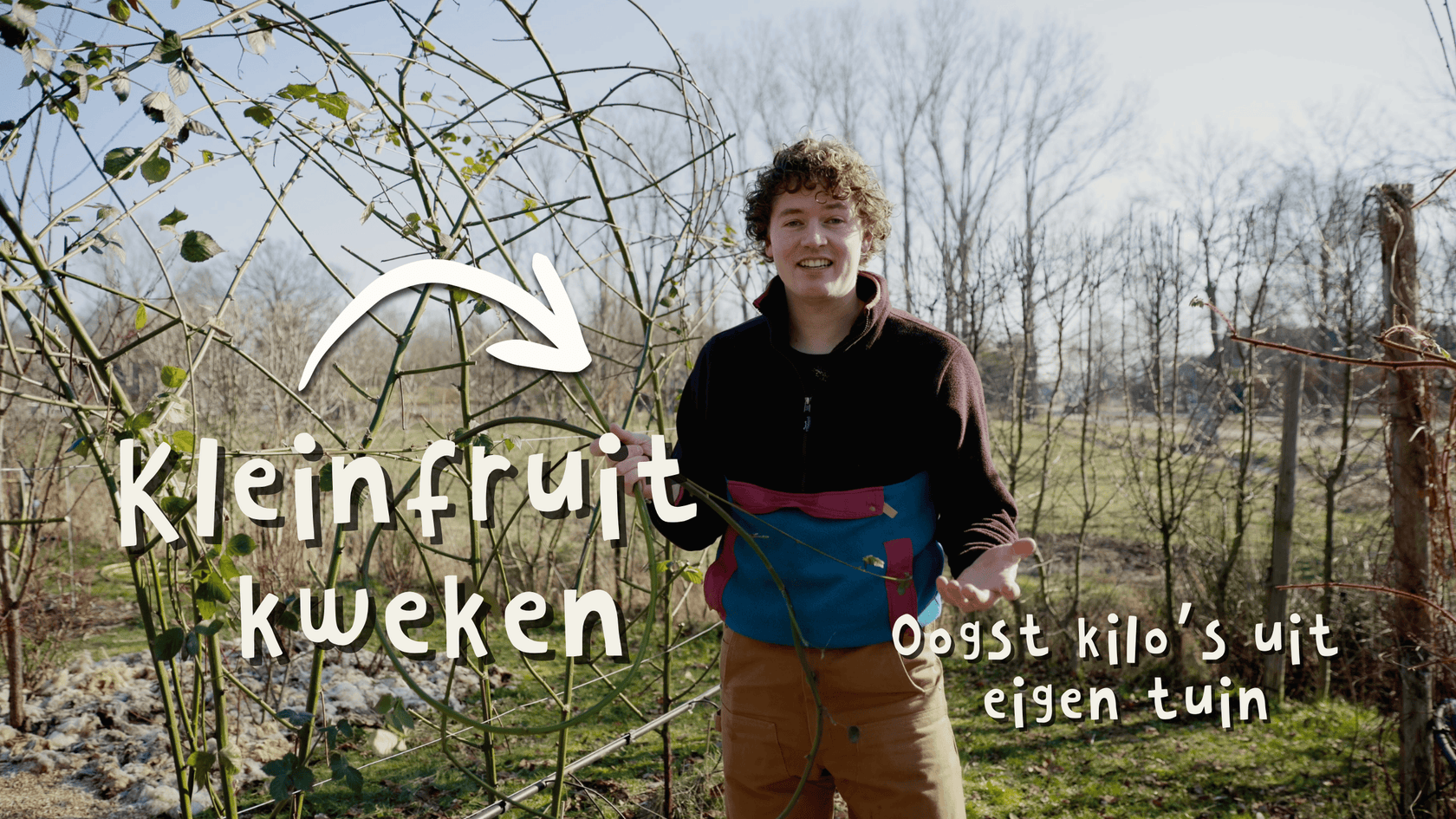General information
Chardonnay is a globally beloved grape variety that originated in Burgundy, where it thrives in chalky soils. Famous villages like Meursault, Puligny-Montrachet, and Chablis put Chardonnay on the map, as did its prominent role in Champagne cuvées. Genetically, it is a natural cross between Pinot Grigio and Gouais Blanc (Heunisch). Chardonnay adapts well to various climates and produces quality wines in a wide range of conditions.
Grape
The bunches are typically cylindrical, sometimes with one or two shoulders. The berries are predominantly round, greenish-yellow, and thin-skinned. As they ripen, they turn golden yellow to amber. Growth is upright, moderate to vigorous. Chardonnay is well-ripened and sufficiently winter-hardy.
Wine
Chardonnay is well-suited for oak aging. Primarily fruity wines offer aromas of honeydew melon, apricot, and ripe pineapple. Oak aging adds notes of vanilla, toast, caramel, and dried fruit, resulting in full-bodied, layered wines with complexity.
Cultivation advice
Chardonnay requires a warm, well-ventilated location. An airy location helps limit mold pressure, as the variety is susceptible to powdery mildew. The location plays a key role in successfully growing this variety.
Preparing the vine
Soak your vine in a bucket of water for 24 hours. This allows it to soak up some water before planting.
Ground preparation
- On calcareous soil: improve with lava grit
- On sandy soil: improve with bentonite and lava flour
Planting out
Using a soil auger or spade, dig a planting hole 10 cm in diameter and approximately 30 cm deep. Insert the graft just above the ground, so that the vine protrudes 5 to 10 cm above the ground. Plant your vines between May 1st and 15th.
Planting distance
- In line: 1 meter
- Between rows: 1.5 to 1.8 meters





